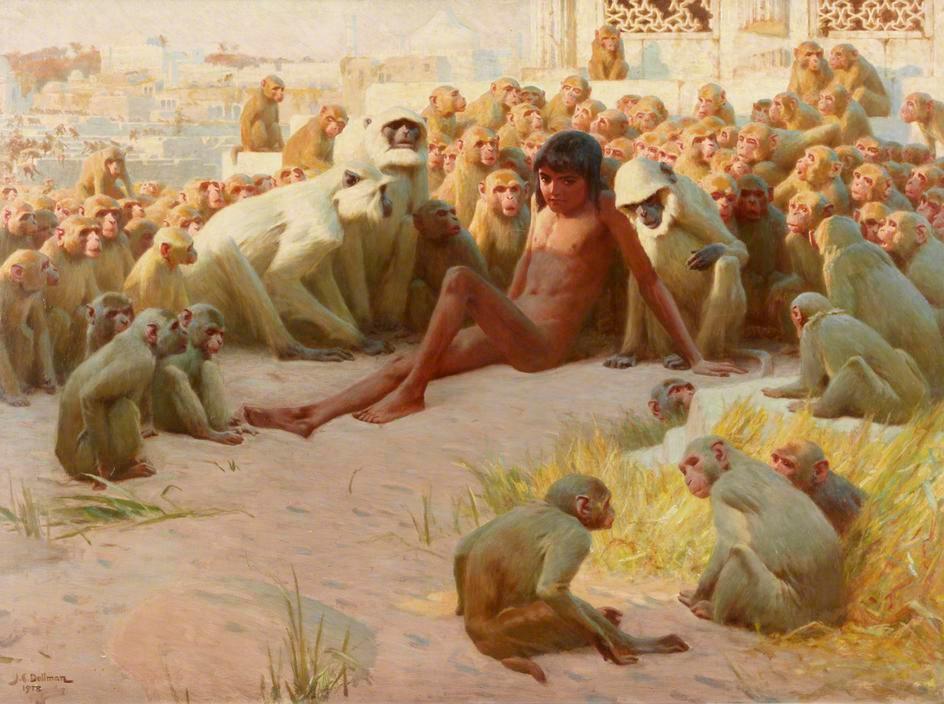In 1886, a struggling 27-year-old physician named Arthur Conan Doyle made a fateful decision that was intended simply to pay the bills, but that would end up enriching the world. He published a novella featuring an eccentric consulting detective by the name of Sherlock Holmes. With “A Study in Scarlet” appearing in Beeton’s Christmas Annual in 1887, the stage was set for what would prove one of the greatest archetypical creations in the history of literature.
And yet, it was a creation Doyle would destroy, only to realize later that he had started something too powerful for him to end. And one of the initial white flags that Doyle was forced to wave to appease a disapproving public was a trifle in the form of a charming exchange between Holmes and his friend and colleague, Dr. Watson, titled “The Field Bazaar,” published in 1896, 125 years ago this year.





